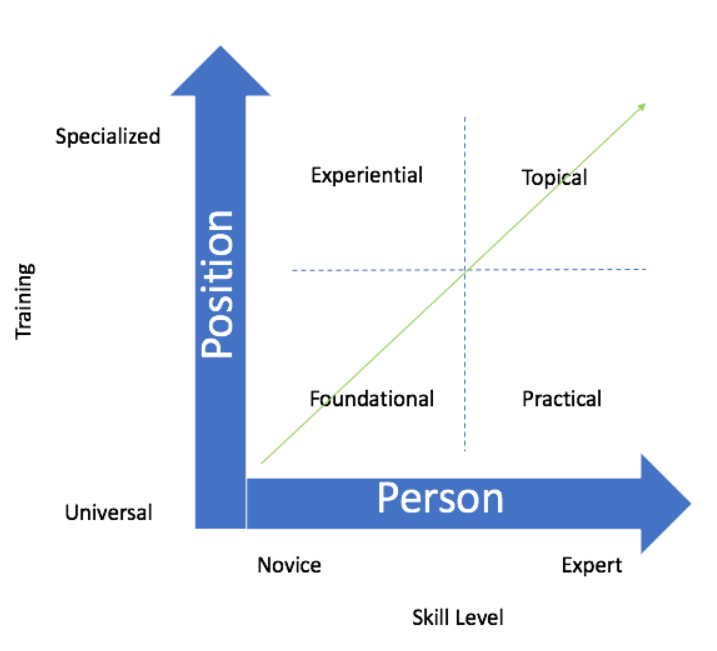
Challenge — Thinking in the Future — Asking What If? #TheThreeMinuteChallenge
Challenge — Thinking In the Future — Asking What If?
“The future depends on what you do today.”
― Mahatma Gandhi
It seems that great leaders can actually predict the future, but that’s not really the case. Rather, they ask the right questions in the present to better understand what the future holds. They exemplify presently leading and tuning in by courageously accepting the realities they must face in order to move forward. By asking meaningful questions and listening, we begin to understand our circumstances from multiple perspectives, and that’s how we can see the future before it unfolds.
In Louis Gestner’s book, Who Says Elephants Can’t Dance, he describes the process he used to truly understand the problems IBM was facing when he became CEO. He met with customers and executives, asked probing questions, so the necessary steps needed to save IBM could be executed with precision. The future for IBM was grim, many even predicted it’s failure, but Gestner took a customer’s approach to the problems and worked to solve IBM’s mainframe issues, which “more than 90 percent of the company’s profits came from these large ‘servers’ and the software that ran on them.”
We don’t want to oversimplify Gestner’s incredible achievement with IBM’s turnaround. The expectations he outlined, the enormous decline in mainframe costs, and the incredible team he formed are what made these accomplishments possible. The critical first step, though, when confronting issues in the present is asking the right questions. When we successfully navigate our current circumstances, we can better predict what will happen in the future.
Predicting the future requires a thorough understanding of the present. The situation itself should never dictate the vision or where you are heading. Instead, it merely adds clarity and helps create a clearer map for how to get there.
- Reflect: Think about a current issue or problem that you are facing. What additional information do you need to fully understand the situation from multiple perspectives?
- Identify: Knowing who to talk to and what to ask are vital in gaining an accurate picture. Identify a diverse group of individuals who you should talk to regarding the situation and create a list of key questions to ask them.
- Do: Set up meetings with these individuals and work through your questions. Listen intently. Be sure to take notes and define the themes or ideas that emerge, especially those that were different from your own. Once you can see all sides of the equation, you’ll know what to do next and just what the future holds.
Pro Tip: Engaging with key people creates the opportunity for you to investigate and uncover key details regarding the specifics of any current problem. Don’t jeopardize this precious time with them by talking too much or sharing your perspective. Ask questions and don’t interrupt.
Reach out and share your story with us.
Stay tuned for more challenges, reflection questions, leadership models, podcasts, and more by following dereka206.sg-host.com. It’s our job to curate, synthesize, and communicate so that you can lead better and grow faster. In a world plagued by nothing but noise, we help you by getting to simple.
TheSchoolHouse302 is about getting to simple by maximizing effective research-based strategies that empower individuals to lead better and grow faster.






 7 Mindshifts for School Leaders: Finding New Ways to Think About Old Problems.
7 Mindshifts for School Leaders: Finding New Ways to Think About Old Problems. 


